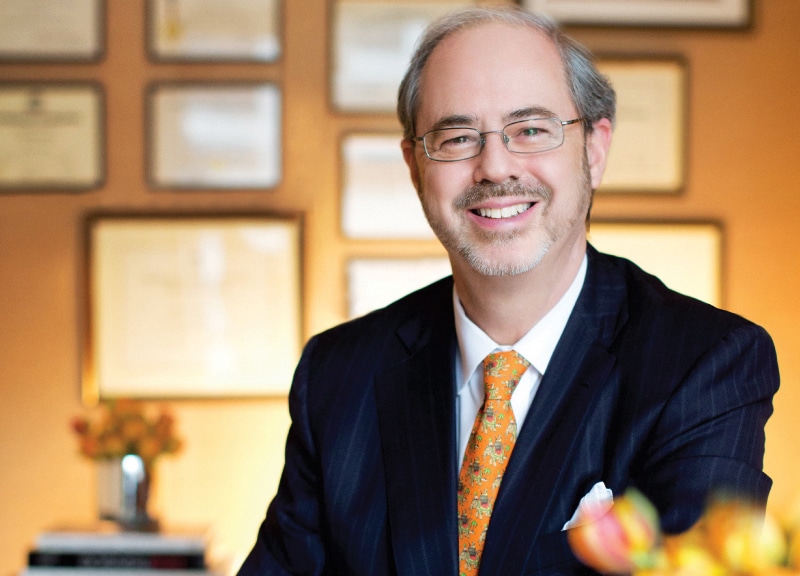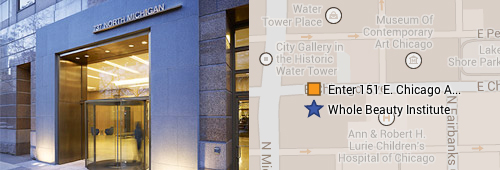Why Dr. John Q. Cook Is the Right Facial Plastic Surgeon for You
Dr. Cook has more than 20 years of experience with facial fat transfer. This procedure is the foundation of his technique with facial fillers and guides the decision of whether fat transfer or fillers is the best choice for the patient.
Dr. Cook provides an individualized analysis of each patient’s facial structure, skin quality, and more in order to understand the natural balance of each face.
Dr. Cook is committed to naturalistic principles of facial rejuvenation. He has carefully studied facial aesthetics for most of his life and was one of the first surgeons in the Midwest to realize the value of combining facial fat transfer with facial lifting surgery
Education and Credentials

Awards and Recognition

REAL PATIENT RESULTS
See the difference experience makes. Scroll through before and afters in the photo carousel of fat transfer patients treated by Dr. Cook and his team.
Address Age-Related Volume Loss and Rejuvenate Your Face in Chicago and Winnetka with Facial Fat Transfer
As volume is lost over time, a once young and full face may start to look older. The appearance of the face and neck typically changes significantly as you age. In addition to declining production of collagen in the skin, facial fat can also shift and decline, contributing to skin laxity, the development of jowls, and more. With facial fat transfer at his Chicago-area practice, Dr. John Cook can use your own fat to enhance your cheeks, lips, and other areas of the face.
How Does the Face Change as We Age?
There are several aspects of a youthful-looking face we can attribute to volume: pleasantly rounded cheeks, full lips, and structural support that keeps facial skin and other tissues from sagging down into jowls. High cheekbones, full cheeks, and a well-defined jaw are three of the traits most commonly associated with a youthful look. The trio of features makes up what’s often referred to as the triangle of youth, but this shape becomes inverted over time to become a pyramid of age. The temples and upper cheeks begin to look gaunt and hollow as lips thin. Conversely, the jawline becomes heavier and more poorly defined as skin sags and jaws develop.
What Is Facial Fat Transfer?
Facial fat transfer is also known as fat grafting, autologous fat transfer, or fat injections. This form of cosmetic surgery involves transferring fat from another area of the body to the face as a way of improving or augmenting the area where it is added. A facial fat transfer is designed to rejuvenate the face, reverse facial aging, and create a more youthful appearance.
Which Concerns Can Be Addressed with Facial Fat Transfer?
What are the benefits of facial fat transfer surgery? A facial fat transfer can address deep lines and hollows by strategically adding fat to certain areas, restoring the volume and contours of the cheeks as an alternative to synthetic dermal fillers, creating the appearance of higher cheekbones, improving aging and tired eyes, sculpting the jawline area, enhancing the size and shape of the chin, reducing scars, improving the size and shape of the lips, and enhancing the texture and appearance of the skin.
A facial fat transfer can improve the look of different areas by addressing specific signs of aging, such as nasolabial folds and hollows below the eyes. By restoring volume to gaunt or thinning areas, a facial fat transfer sculpts a more youthful look.
Fat transfer has several advantages over synthetic facial fillers. The entire face can be treated in a single session, resulting in a three-dimensional restoration of natural appearance—something that usually requires several treatment sessions with facial fillers. Fat is also one of the richest sources of stem cells, and it has been documented that this procedure can help rejuvenate the overlying skin. Finally, fat transfer is comprised of your own tissue, which avoids some of the disadvantages of synthetic fillers.
Dr. John Q. Cook was one of the first plastic surgeons in the Midwest to use facial fat transfer to restore facial volume, both as an independent procedure and as part of facial rejuvenation surgery. Since he first began using the technique, he has carried out facial fat transfer in several thousand patients. Although the majority of Dr. Cook’s facial fat transfer patients choose the procedure to correct the loss of facial fullness that occurs with aging, there are also situations where a patient is lacking in facial volume due to an underdevelopment of the facial bones or fate—particularly in the cheeks or chin. In these cases, facial fat transfer or dermal fillers can be used to build up the soft tissues overlying the areas of weak bone structure. Another possibility is the use of cheek and chin implants, which are placed directly on the areas where the bone structure is lacking.
Who Is a Good Candidate for Facial Fat Transfer?
Facial fat transfer can be ideal for young patients who are bothered by the contours, projection, and shape of their facial features. It can also be a good choice for patients who want to address early signs of aging like wrinkles and hollowness around the eyes and a loss of natural facial contour. Patients who have coagulation or lipid metabolism disorders, certain types of chronic medical conditions, and low body fat levels will not be good candidates for facial fat transfer. Facial fat transfer may be a good option for individuals who are searching for a long-lasting option for restoring volume or those who have experienced adverse reactions to facial fillers. Many patients prefer the idea of using their own natural fat to restore facial volume.
Autologous Fat Transfer: A Missing Link in Facial Rejuvenation
A Featured Medical Report: American Health Front
What Are the Different Options for a Facial Fat Transfer Treatment?
Several different treatment strategies exist for facial fat transfer. Many patients opt for an overall correction in order to obtain the maximum long-term benefit from a single procedure. Others prefer a series of small-volume fat transfers so that they can return to work more quickly. Still others will return for additional fat transfer one to two years after their first facial fat transfer procedure in order to enhance the power of the correction. As with all of our procedures, we provide each patient with highly individualized attention, so that we can design a treatment plan that is best for his or her needs.
If you would like more information about facial fat transfer and what it can do for you, one of Whole Beauty® Institute’s team members will be happy to discuss the surgery and recovery process with you. They can also show you examples of patients who have benefited from facial fat transfer, so that you can determine whether the results are in line with your personal vision.

For more details about facial fat transfer in the Chicago area, contact Whole Beauty® Institute. Call 312-751-2112 or submit a contact form to schedule a consultation.
Request a consultWhy Choose the Chicago Area’s Whole Beauty® Institute for Facial Fat Transfer?
Dr. Cook and the team at the Whole Beauty® Institute are leaders in the field of facial fat transfer. Our approach to facial volume derives from Dr. Cook’s two decades of experience with facial fat transfer. Almost 20 years ago, Dr. Cook saw the potential of fat transfer to restore the volume loss that often accompanies facial aging.
The entire Whole Beauty® Institute team follows the approach that Dr. Cook uses when he carries out facial fat transfer procedures. This includes the frequent use of blunt cannulas, a multi-layered restoration of volume, and a deep understanding of the anatomy of the area.
What Is Dr. Cook's Approach to Facial Fat Transfer?
The techniques that I have developed for facial fat transfer allow me to address one of the fundamental aspects of facial aging: a loss of fullness in the cheeks, lips, and other key areas that help to create an attractive, youthful face. As we age and the natural fat cells begin to disappear, the soft, full curves of these zones become hollow and fragmented. Think for a moment of the way the cheek and lower eyelid blend imperceptibly in a healthy 18 year old. The cheek is certainly not hollow. Instead, it has a wonderful firmness and fullness. When we look at such a cheek, we think of health and vitality.
Unfortunately, as we age, the upper cheek fat thins out. The lower eyelid appears to bulge because the fat that so beautifully camouflaged it is gone. The bone of the cheek also loses projection. If surgeons address this critical, expressive area by mindlessly removing fat from the lower eyelids, they will only make the area more hollow and fragmented. Unfortunately, this is the standard approach to eyelid rejuvenation: an aggressive destruction of the fat that supports the eye and an attempt to pull the skin tight, which often reduces the eye’s expressive quality.
I am not suggesting that there is never a place for diminishing the fullness of fat in heavy lower eyelids. There are patients who can benefit from a judicious resculpting or repositioning of this fat. For most patients, however, the key issue is to restore fullness to the overlying cheek. Remember that the fat of the lower eyelids has always been there! It just loses its camouflage as we age and the overlying fat of the upper cheek thins out.
Facial fat transfer is a critical component of my facelift technique, but it can also be carried out as an independent procedure. It is particularly useful for patients who are not yet ready for significant facial surgery, but who have noticed signs of aging in the upper cheek or around the mouth and in the lips. We perform fat transfer in the majority of our patients under local anesthesia, which has significant advantages. Some patients prefer to undergo facial fat transfer under a light anesthesia, so that they have no recollection of the procedure, while others select local anesthesia. We can help you determine the approach that is appropriate for you during a facial fat transfer consultation at one of our Chicago-area centers.
With facial fat transfer, the results are highly dependent upon the surgeon’s technique and artistic judgment. I feel that the visual concepts I have derived from careful study of Renaissance painting, as well as years of study of the facial aging process, allows me to form an image that guides me in the creation of form for each facial fat transfer patient.
How Is Facial Fat Transfer Used for Lip Enhancement?
Lip augmentation with fat transfer is a popular procedure at our Chicago centers, since it can provide natural-looking results and it utilizes your own natural tissue. Lip enhancement with fat is usually combined with fat transfer to other facial zones. Results from lip augmentation with facial fat transfer typically last longer than results from other injectable treatments.
The beautiful curves of sensuous lips are complex, so any correction requires a sophisticated visual aesthetic. When lips are overdone, the resulting excessively puffy look does the patient a disservice. When lip enhancement is carried out with an eye for the patient’s unique natural form, the beautiful curves and contours are brought into pleasing harmony with the rest of the face. The entire team at the Whole Beauty® Institute adheres to Dr. Cook’s principles of natural lip enhancement. This is true whether the material we use is your own fat or filler.
With facial fat transfer, we can emphasize the natural high points of the upper and lower lips, rather than creating lips of uniform thickness, which looks unnatural and silly. The zones around the red part of the lips can be highlighted in a sophisticated way.
We may address changes in and around the lips with a combination of fat, thin fillers, and laser resurfacing.
What Is Recovery Like for Facial Fat Transfer?
When you’re planning to have a facial fat transfer, you’re likely to have many questions about the procedure, such as: “How long is healing after facial fat transfer?” and “What can you not do after fat transfer?”
Recovery from facial fat transfer is easy for most patients. Our patients tell us that they are pleasantly surprised by how little pain there is after facial fat transfer surgery. There will be considerable swelling and bruising in the zones of fat transfer—including the treatment area and liposuction sites—so most patients will prefer to take at least a week off from social interactions or work that involves client contact. These side effects should resolve within 10 days, although there may be some residual swelling for up to six weeks. We recommend using cold compresses to reduce the swelling and discomfort. We provide each patient with specific guidelines based on the extent of their facial fat transfer surgery and the person’s individual needs. To maximize survival of the fat cells, it is important for the patient to avoid heavy exercise and weight loss, especially during the first two weeks after fat transfer.
What Kind of Results Can You Expect from Facial Fat Transfer?
Curious about what to expect after facial fat transfer? Wondering “How long does a facial fat transfer take to settle in?”
These are some of the most frequently asked questions about facial fat transfer. In the initial days after fat transfer, the face will swell, which partially hides the ultimate result from the procedure. As time passes, the swelling will diminish, and you are left with a pleasing change in facial contour. The results from a facial fat transfer are lasting, but keep in mind that they can be affected by weight changes and aging.
Facial fat transfer is truly a transplant operation that involves moving living tissue from one area of the body to another. Success of a facial fat transfer depends on the same primary factor as that of a heart or kidney transplant: survival of the transplanted tissue in its new location. Some of the fat from a facial fat transfer will be absorbed back into the body.
To obtain survival of the greatest percentage of transferred fat cells, two key facial fat transfer rules must be followed: First, the fat cells must be harvested with an extremely gentle technique from an area where there are plenty to collect. Standard liposuction equipment cannot be used to harvest fat cells, since the technique subjects the cells to excessive pressure and causes disruption of the delicate cell membrane. The second facial fat transfer rule is thequipment cannot be used to at cells must be transferred gently, precisely, and in tiny channels. This provides the cells with the best chance of obtaining a blood supply in the face, without which they will not survive.
Dr. Cook has performed several thousand facial fat transfer procedures and is able to obtain 30 to 60 percent survival rate of the transferred fat cells for the significant majority of patients. Once the cells are in place with a good blood supply, prospects for their long-term survival after facial fat transfer are excellent. As with the fat cells that are already there, some thinning out with the passage of time is to be expected. After all, fat atrophy is a key component of the facial aging process.
Which Other Options Are Available Beyond Facial Fat Transfer?
In addition to facial fat transfer, there are other options to consider, such as facial implants. Chin implants not only provide a more contoured chin, but also help the entire aesthetic of the face by bringing facial features into better balance and harmony. They improve the contours and definition of the face to improve the balance of the facial features for patients who have always had a weak or receding chin or who have lost definition in the lower face. The procedure begins with a small incision placed discreetly on the underside of the chin. Dr. Cook will place the implant, made of a silicone elastomer material, directly in front of the jawbone, and then close the incision. The procedure generally takes about an hour, and recovery time is minimal. Chin implants can often be placed in tandem with a rhinoplasty, which is nose surgery that can further improve facial proportions.
Dermal fillers are another option to consider. The workhorse fillers for deep volume restoration in the mid-face include Voluma®, Restylane® Lyft, and RHA 4, while thinner fillers, such as Restylane® and Juvederm® can be used closer to the surface of the skin. Our patients benefit from the fact that Dr. Cook has applied the principles of facial fat transfer to treatments that involve volume restoration with injectable fillers.

To learn more about facial fat transfer in the Chicago area, contact Whole Beauty® Institute. Call 312-751-2112 or submit a contact form to schedule a consultation.
Request a consult
How Can Fat Transfer Benefit Younger Patients?
When it comes to facial fat transfer, the Chicago area’s Dr. John Q. Cook often talks with patients who are surprised to learn that the treatment can benefit more than just older women and men. In fact, volume loss in the face can begin to show in a person’s 20s, as...
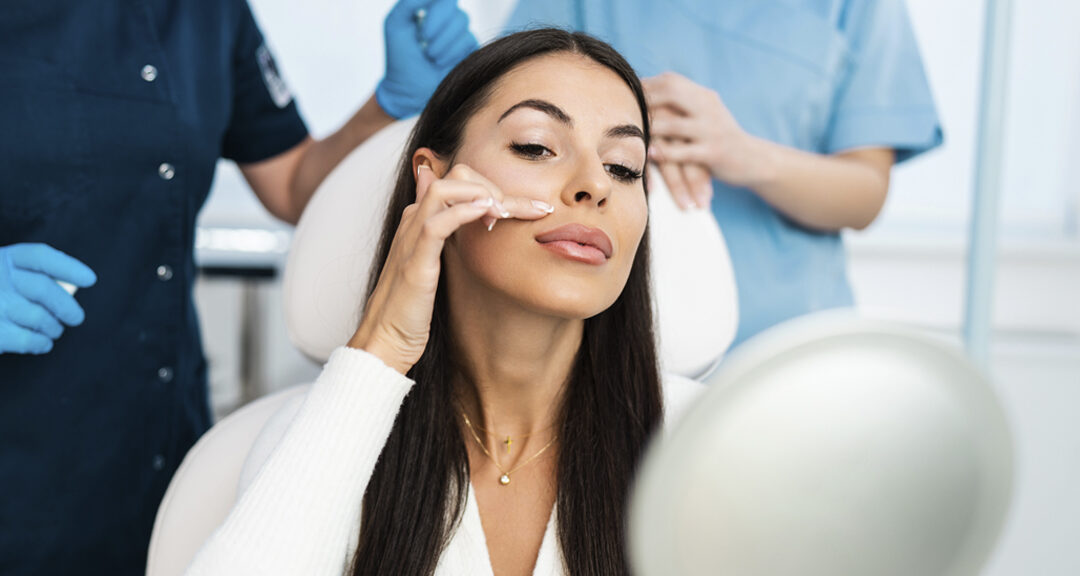
Fat Transfer: Fillers Are Not Your Only Volume-Adding Option
Patients seeking to replenish lost volume in the face or often turn to dermal fillers. Hyaluronic acid (HA) based injectables have been a frequent option, regularly landing among the most commonly performed minimally invasive cosmetic procedures in the United States....
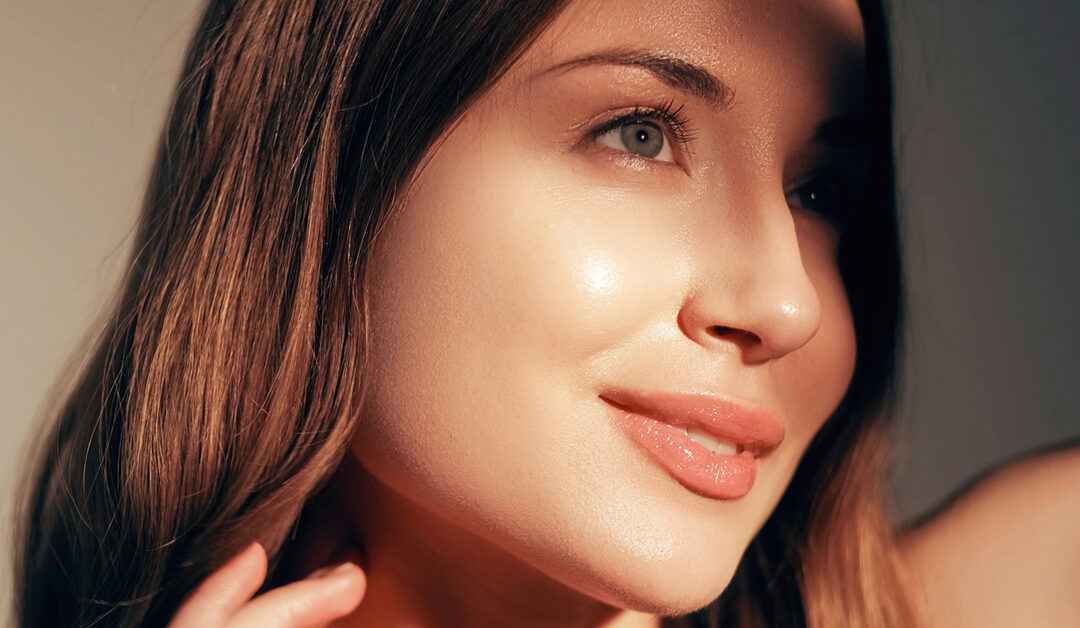
Fat Transfer as an Alternative to Synthetic Fillers
Cosmetic plastic surgery has seen a multitude of advancements in a number of treatments in recent years. One of these areas of innovation includes the approach to facial fillers. Synthetic fillers offer wonderful ways to restore volume and improve contour. However,...

Long-Lasting Rejuvenation With Facial Fat Transfer
Modern aesthetic science has given today’s plastic surgeons many ways to help you reduce the appearance of facial signs of aging. There are facial rejuvenation solutions for every concern, level of need and budget. Whether you are seeking a quick fix for newly budding...
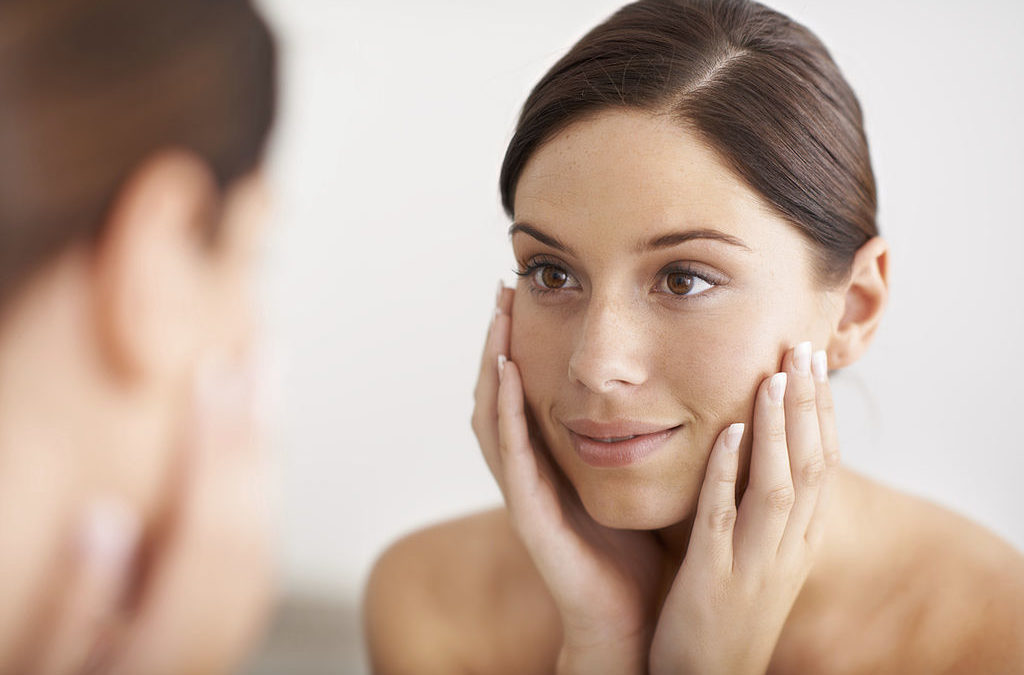
Facial Fat Transfer
Restore Your Facial Volume Naturally with Your Own Fat The facial aging process may begin to reveal itself in men and women as early as the late twenties and early thirties. One of the first signs of facial aging is a subtle loss of volume in areas such as the upper...
Dr. Cook's Practice Blog
Explore our practice blog to learn more about non-surgical treatments and plastic surgery procedures available at The Whole Beauty® Institute. Get tips and advice, and discover new ways to improve your health and beauty.
Dr. Cook's HealthGems Blog
Dr. John Q. Cook shares his personal thoughts on well-being, quality of life, and more in HealthGems—from his decades of experience in the industry, studying and working with advanced technology and techniques.
Whole Beauty Skincare
SkinShopMD.com was created by Board-Certified plastic surgeon, Dr. John Q. Cook, as a trusted source for high quality, medical-grade skincare products to protect and rejuvenate your skin.
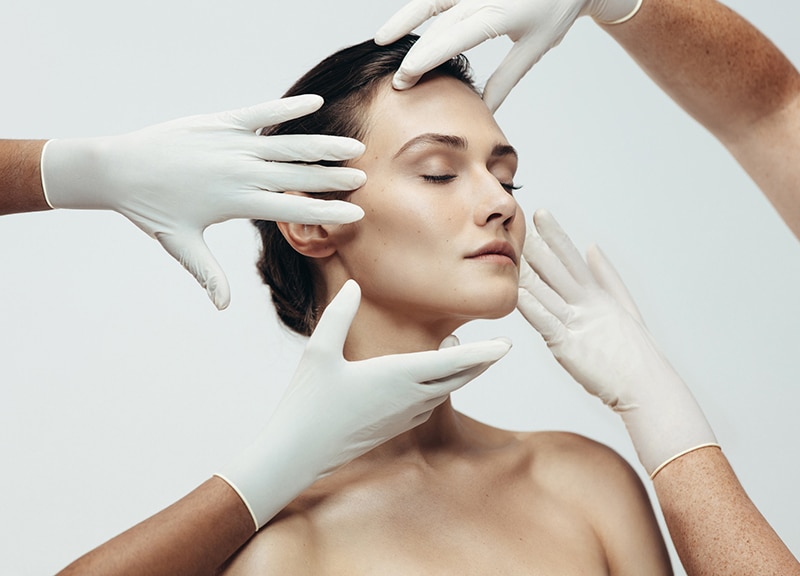
Educational Information
Get informed about cosmetic plastic surgery procedures and rejuvenating non-surgical treatments to help you make informed decisions about your desired treatment based on your aesthetic goals.
Testimonial and Practice Videos
Schedule a Consultation
Schedule a consultation with board-certified plastic surgeon, John Q. Cook, M.D., to learn more about plastic surgery solutions that may be right for you based on your aesthetic goals.
"*" indicates required fields
Our Office Locations
Our locations in the Gold Coast of Chicago and Winnetka in the North Shore reflect our commitment to convenient and discrete concierge-level service.
Chicago Office
737 North Michigan Ave., Suite 760 Chicago IL 60611 (312) 751-2112 Entrance at 151 E. Chicago Avenue
Winnetka Office
118 Green Bay Road Winnetka IL 60093 (847) 446-7562
Located directly across from Indian Hill Metra Station




